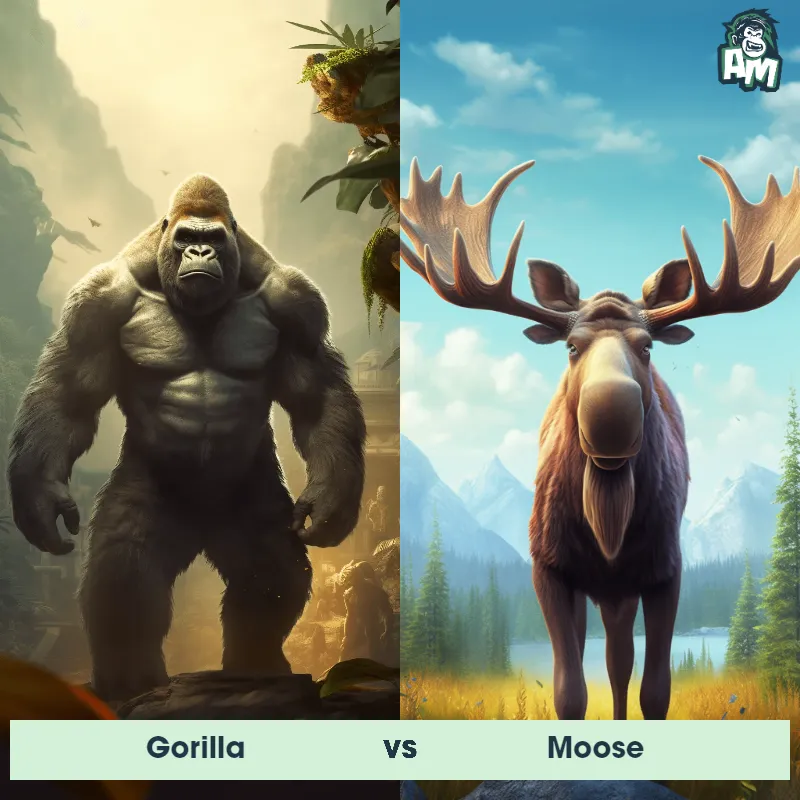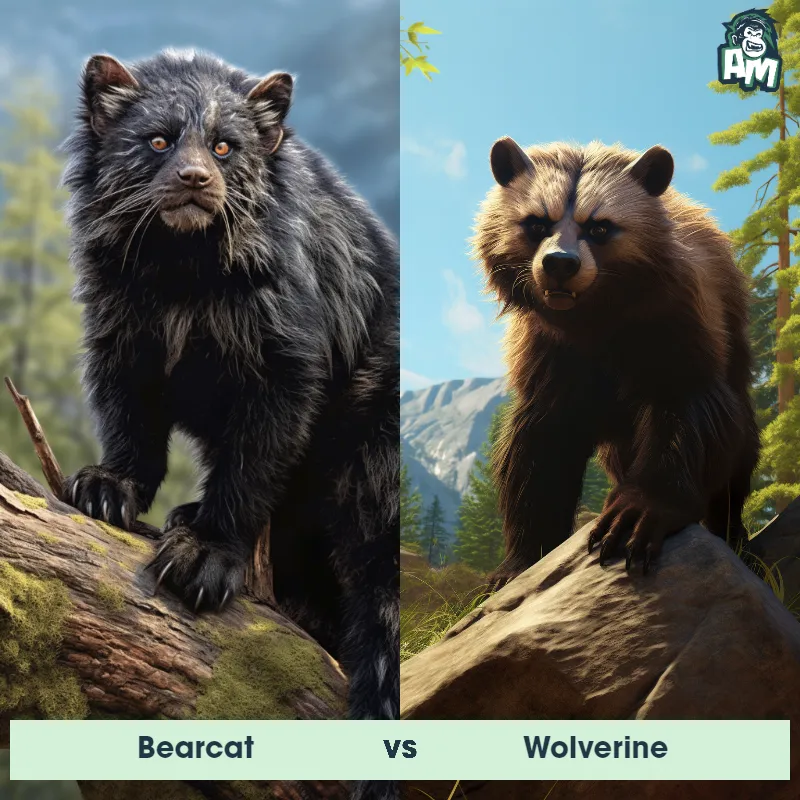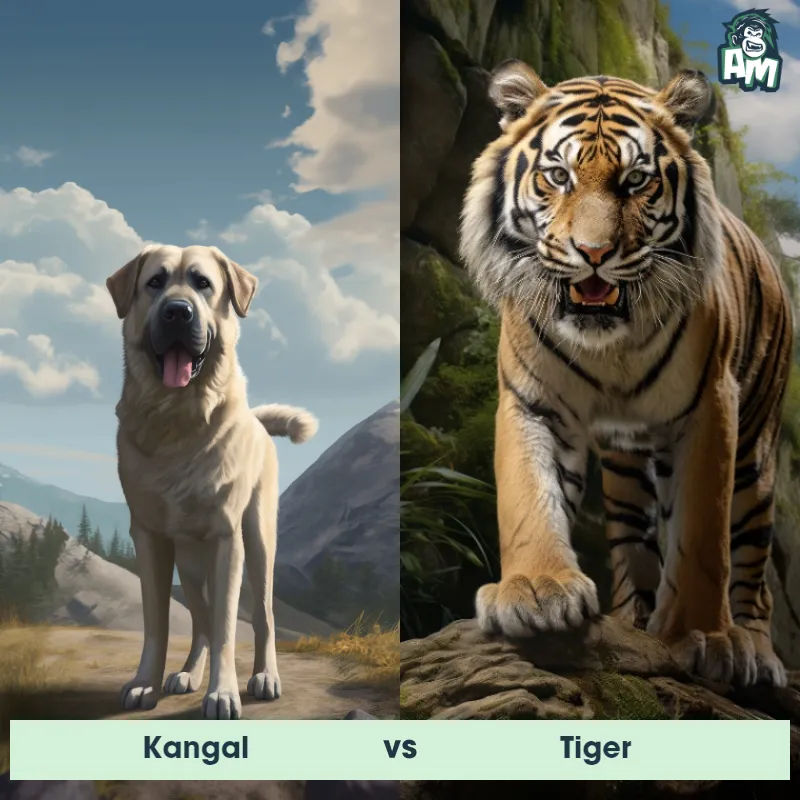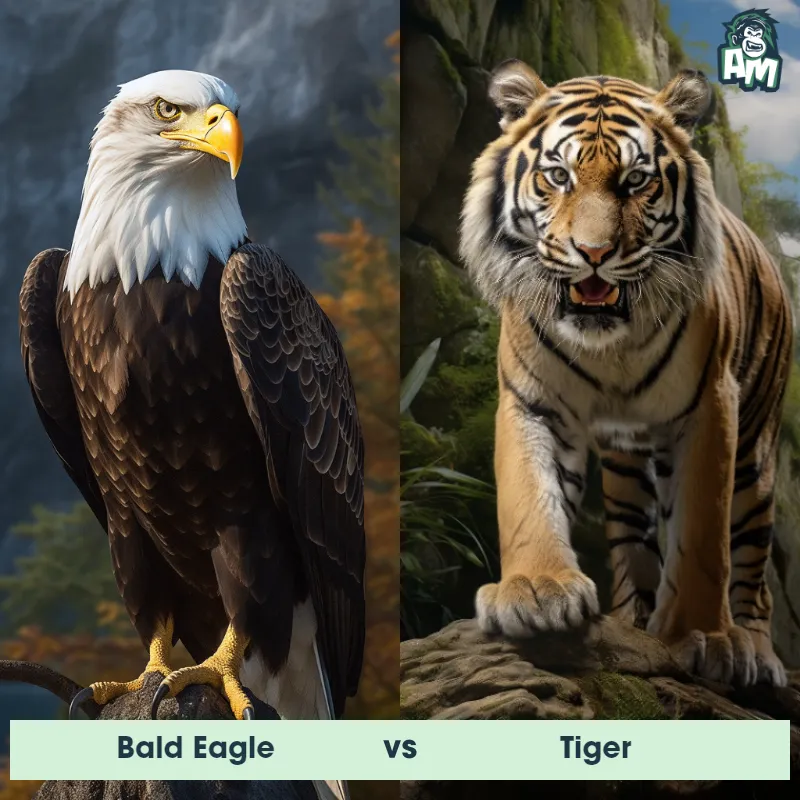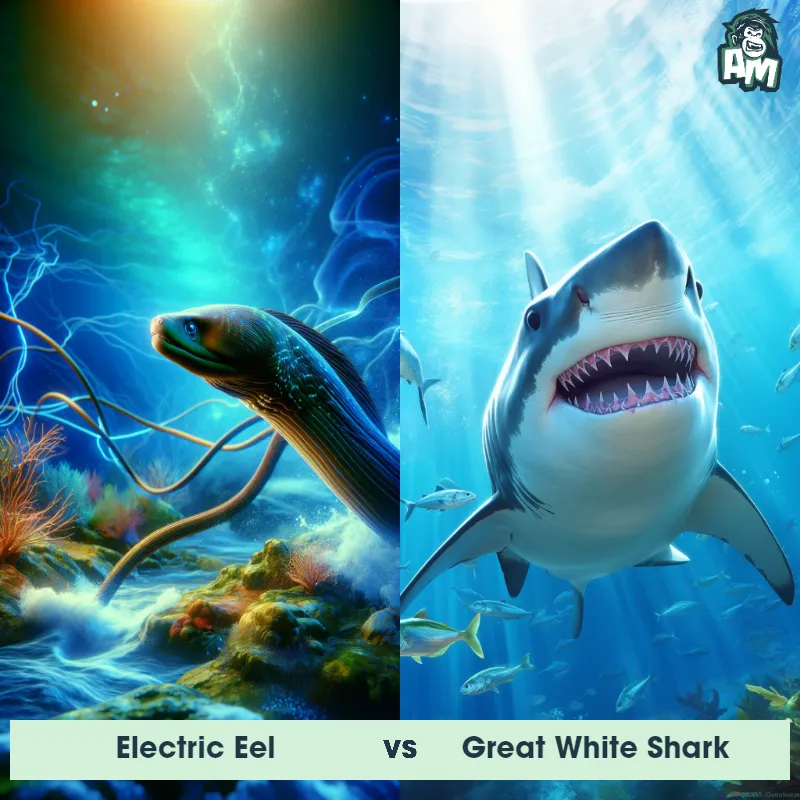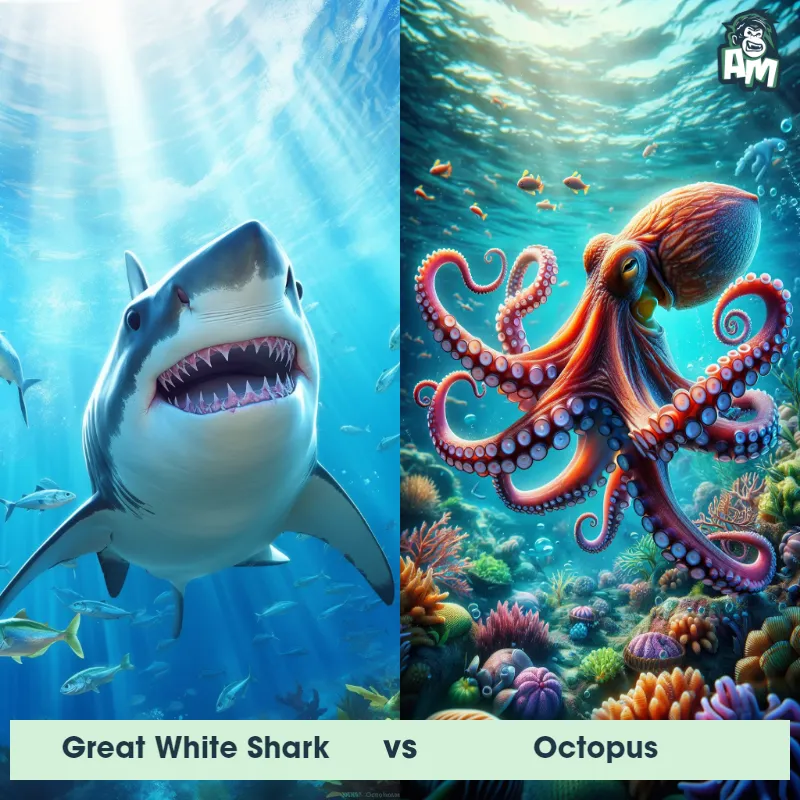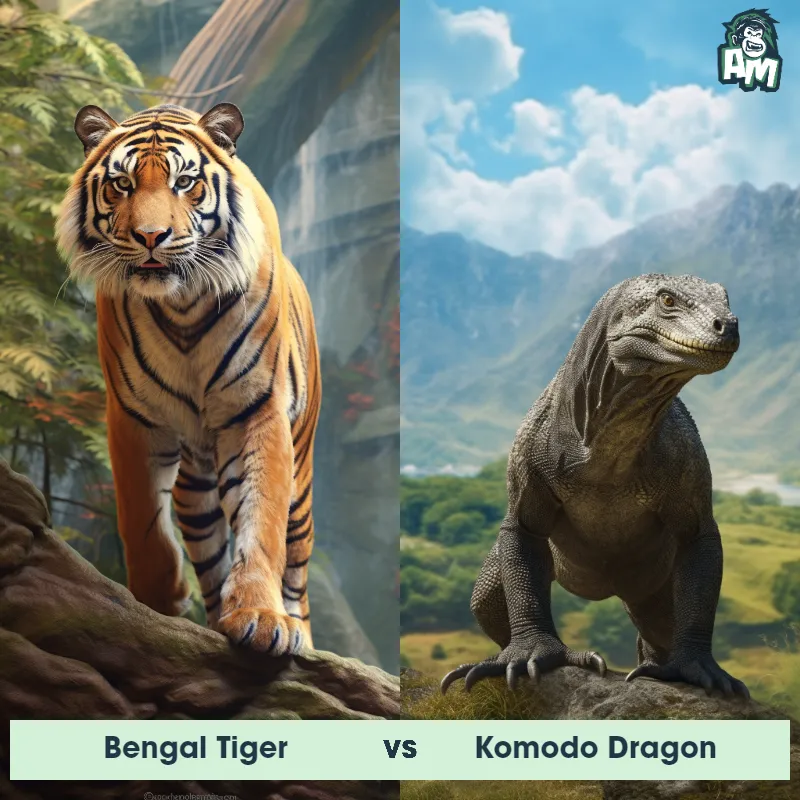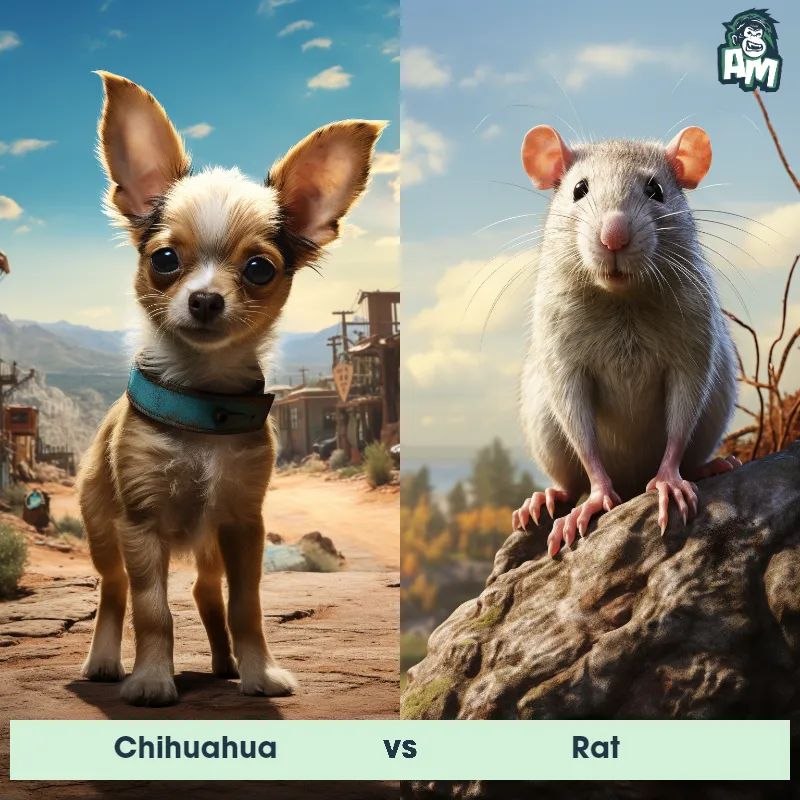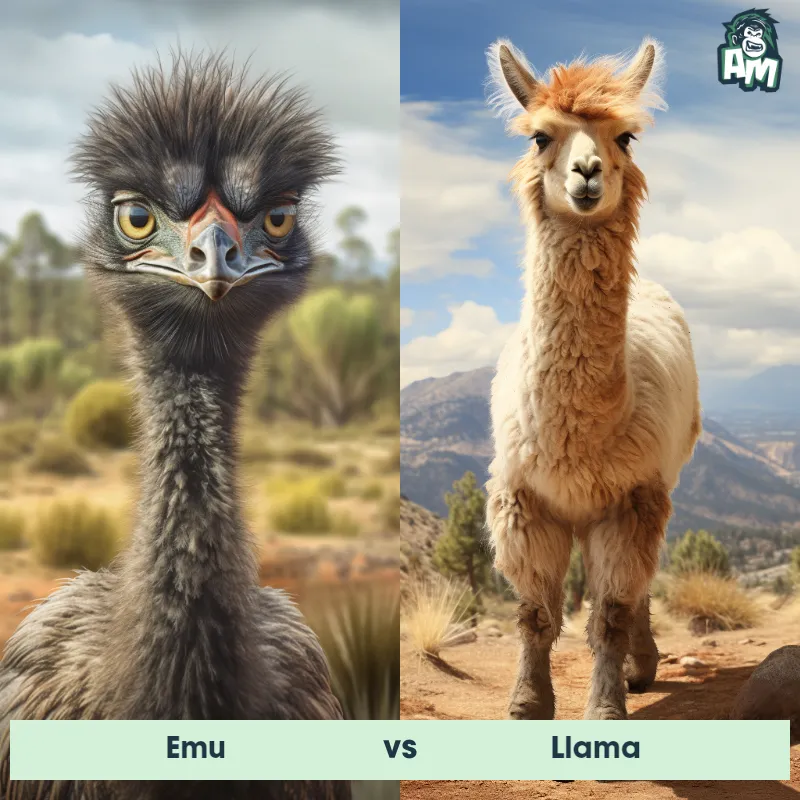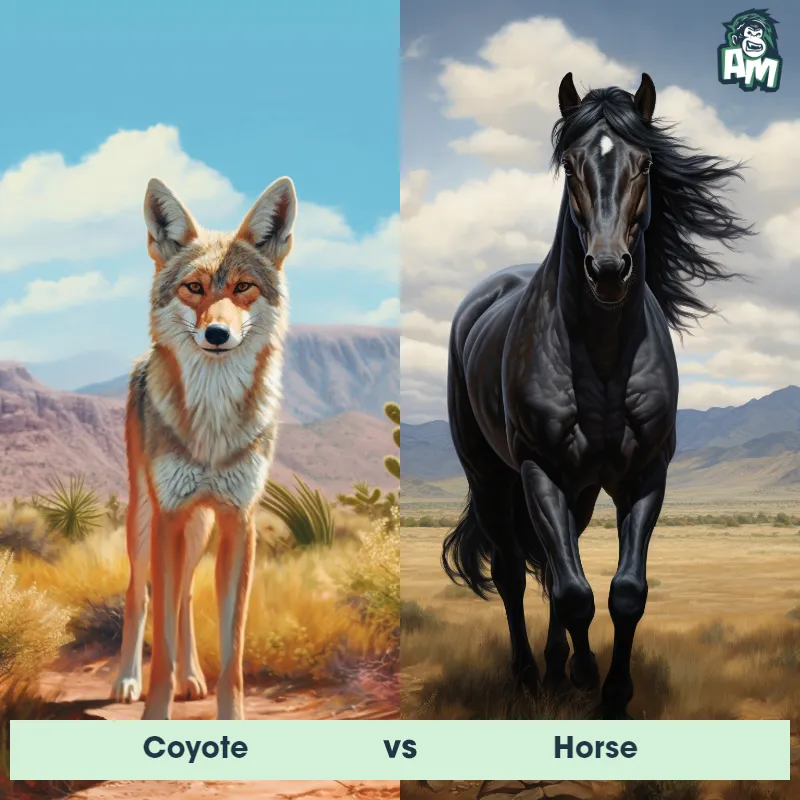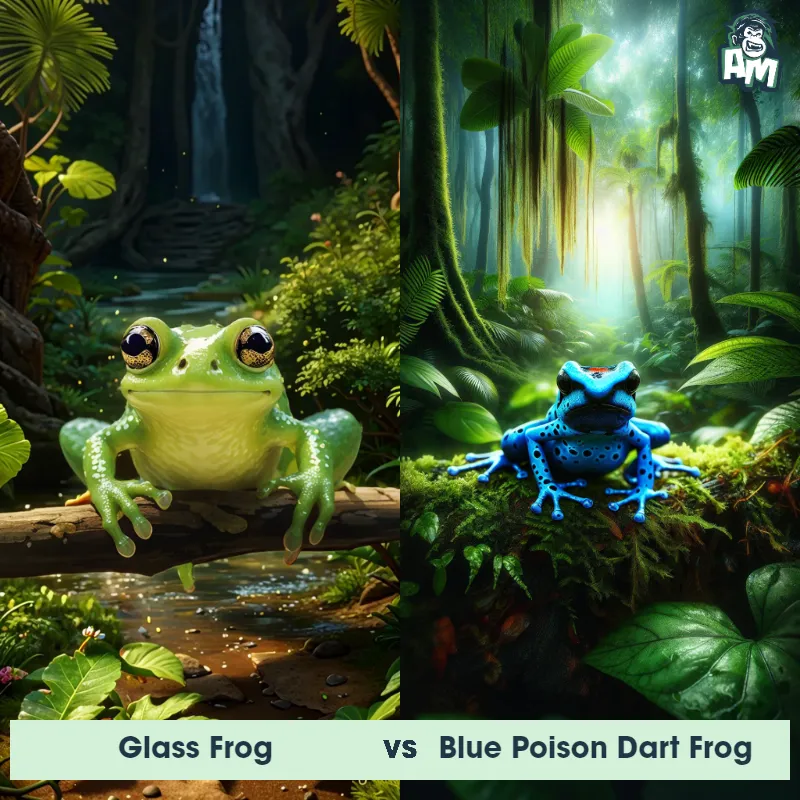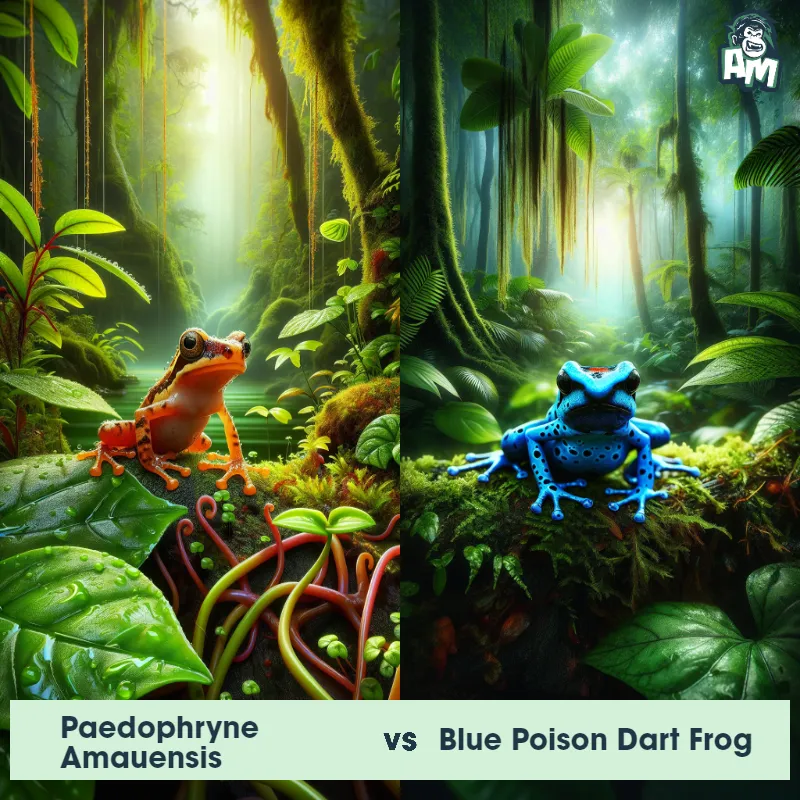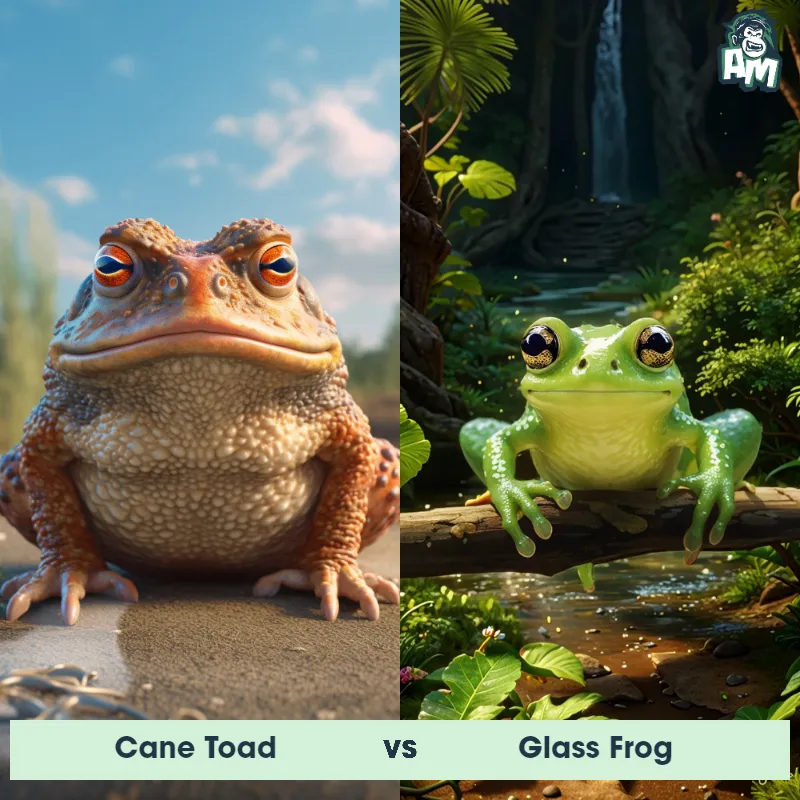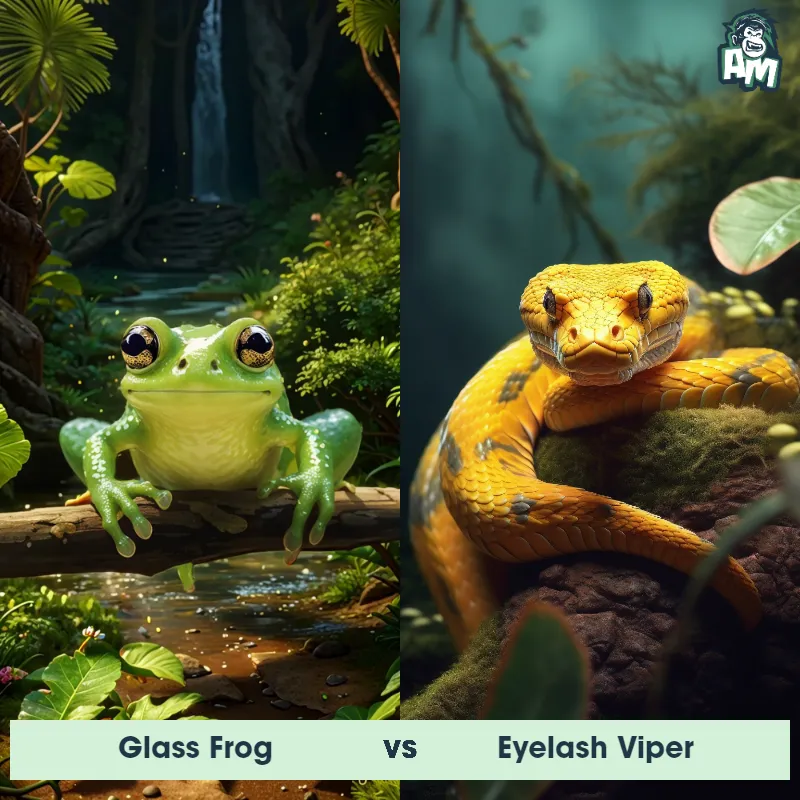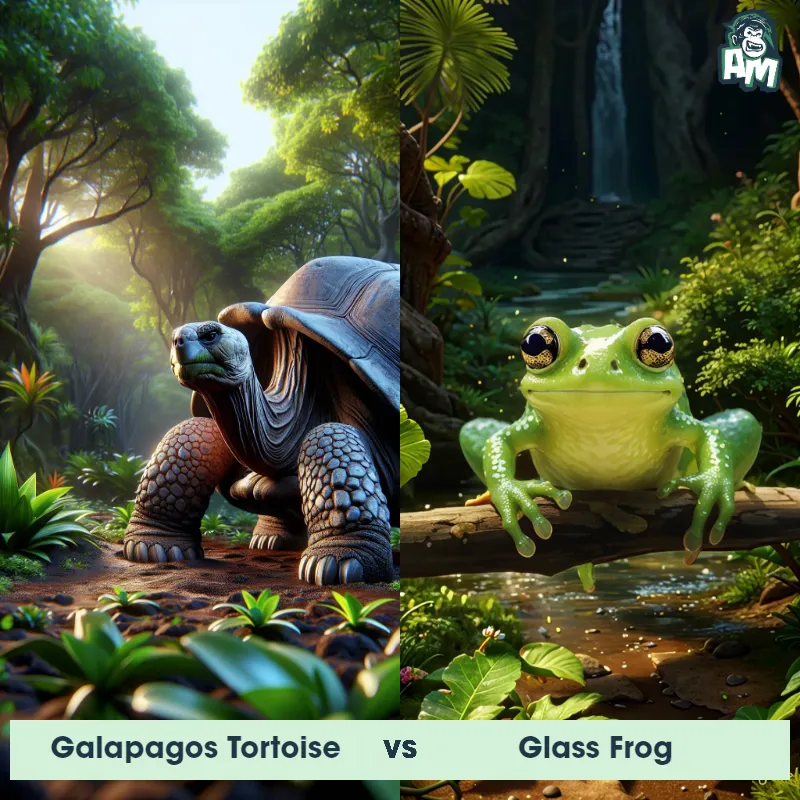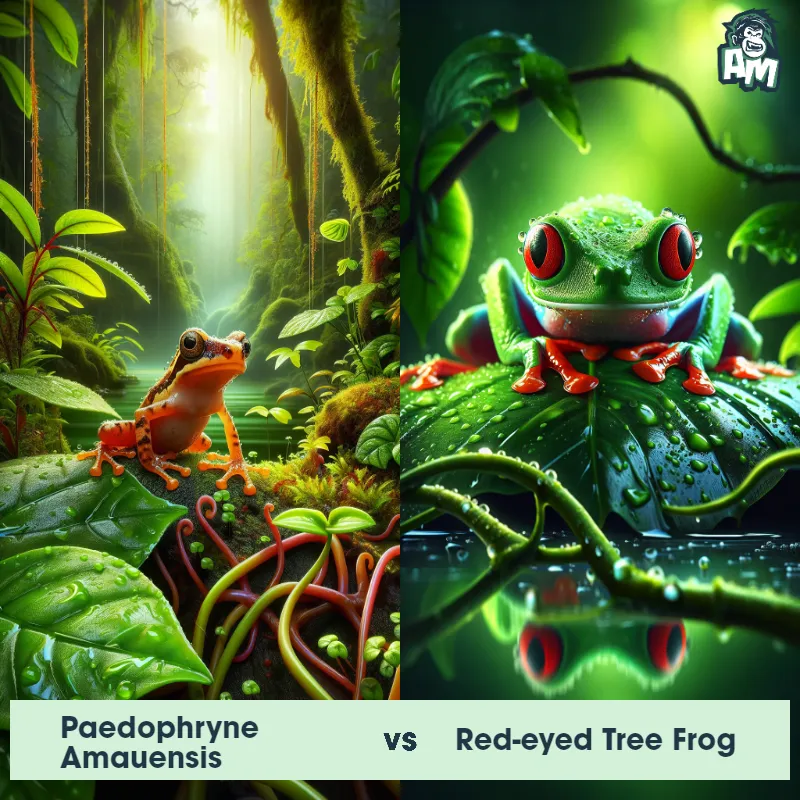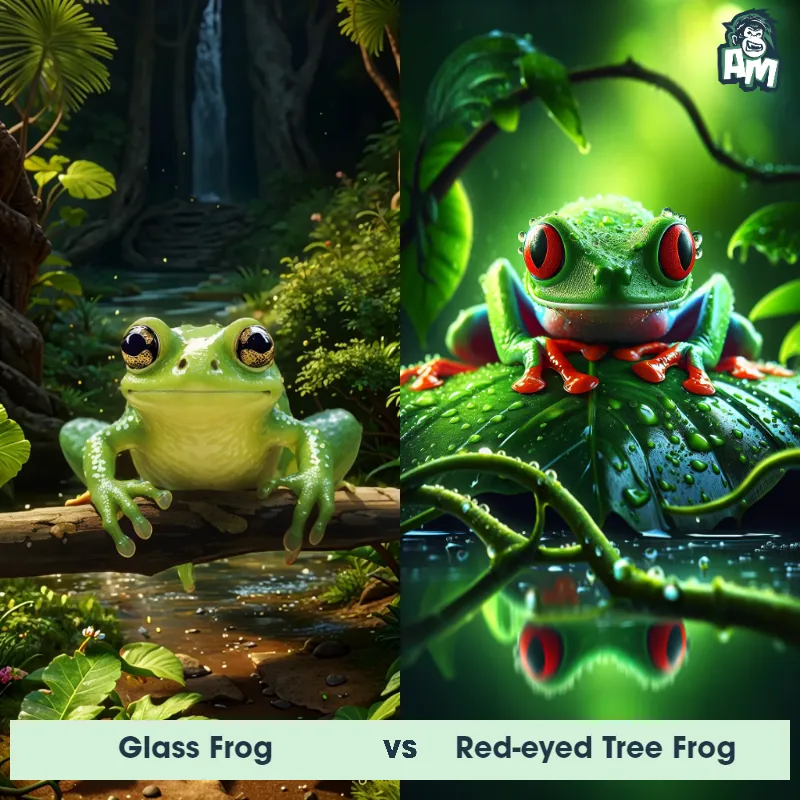Paedophryne Amauensis vs Glass FrogSee Who Wins
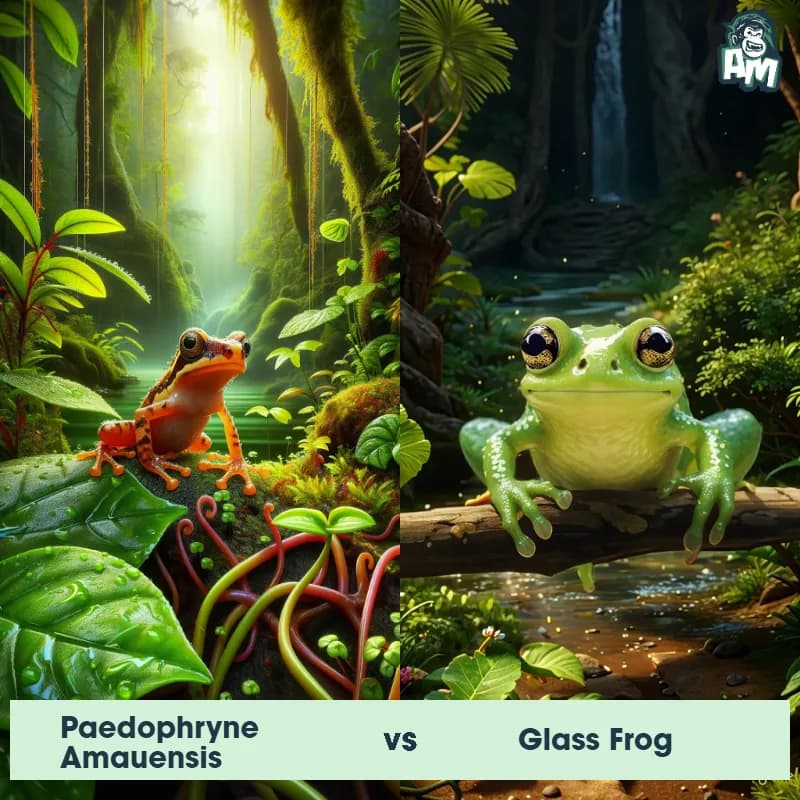
Welcome, ladies and gentlemen, to what promises to be an exciting matchup between two unique creatures. In one corner, we have the Paedophryne Amauensis, the world's smallest frog, known for its incredible jumping abilities. And in the other corner, we have the Glass Frog, with its translucent skin and impressive camouflage skills. Let's see how these two will square off tonight.
Contender 1: Paedophryne Amauensis
The Paedophryne Amauensis, also known as the Amau frog, is touted as the world's smallest vertebrate, measuring only about 7.7 mm in length. This tiny frog is native to Papua New Guinea and possesses a brownish coloration, large eyes, and a unique call that sounds like an insect's chirp.
Fun Fact: The Amau frog holds the record for the smallest vertebrate in the world, with mature adults being smaller than a dime.
Contender 2: Glass Frog
The Glass Frog, also known as the "see-through frog," is a unique amphibian found in Central and South America. These frogs are known for their translucent skin, which allows you to see their internal organs through their abdomen. Despite their fragile appearance, Glass Frogs are excellent jumpers and climbers. They have green skin on their back, creating excellent camouflage in their jungle habitat.
Fun Fact: One fascinating fact about Glass Frogs is that only the males are responsible for guarding the eggs after they are laid, resting on the underside of leaves to protect them from predators and keep them moist until they hatch.
Matchup Stats
| Paedophryne Amauensis | Glass Frog | |
|---|---|---|
| Size | 7.7 mm (0.30 inches) | 0.8 - 3 inches (2 - 7.5 cm) |
| Weight | 0.30 grams (0.01 ounces) | 0.2 - 0.7 ounces (5 - 20 grams) |
| Speed | 5mph (8km/h) | 7mph (11km/h) |
| Key Strength | Speed and agility in escaping predators | Superior jumping abilities |
| Biggest Weakness | Small size makes it vulnerable | Fragile skin |
Current Votes
Paedophryne Amauensis vs Glass Frog
See Who Wins
View More Matches
Looking For More?
Similar Matches
Scientific Stats
| Paedophryne Amauensis | Glass Frog | |
|---|---|---|
| Scientific Name | Paedophryne Amauensis | Centrolenidae |
| Family | Microhylidae | Centrolenidae |
| Habitat | Leaf litter on the forest floor | Tropical rainforests |
| Geography | Papua New Guinea | Central and South America |
| Diet | Ants, mites, and other small invertebrates | Insects |
| Lifespan | 0.5 year - 1 year | 7 years - 14 years |
Key Differences between Paedophryne Amauensis and Glass Frog
- Eye size: Paedophryne Amauensis has relatively large eyes compared to its tiny body size, aiding in hunting for prey, whereas the Glass Frog has smaller eyes in proportion to its body, focusing more on detecting predators.
- Reproduction: Paedophryne Amauensis lays eggs on the forest floor, which hatch into miniature adults, while the Glass Frog lays eggs on leaves overhanging streams, where the tadpoles drop into the water once hatched.
- Habitat: Paedophryne Amauensis is found in the rainforests of New Guinea, while the Glass Frog inhabits the tropical forests of Central and South America.
- Color: Paedophryne Amauensis has a brownish coloration, blending in with the forest floor, whereas the Glass Frog has transparent skin, allowing visibility of its internal organs.
- Size: Paedophryne Amauensis is the smallest vertebrate in the world, measuring only around 7.7 mm in length, while the Glass Frog can grow up to 7.5 cm.
- Skin texture: Paedophryne Amauensis has a rough, bumpy skin texture, providing camouflage among leaf litter, while the Glass Frog has smooth, translucent skin, making it appear glass-like.



